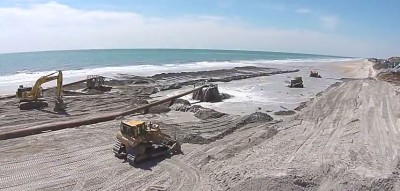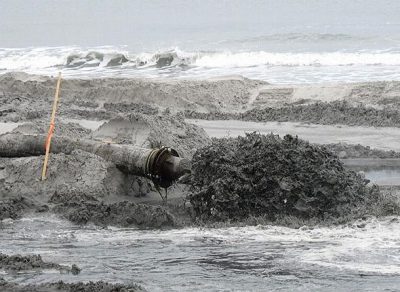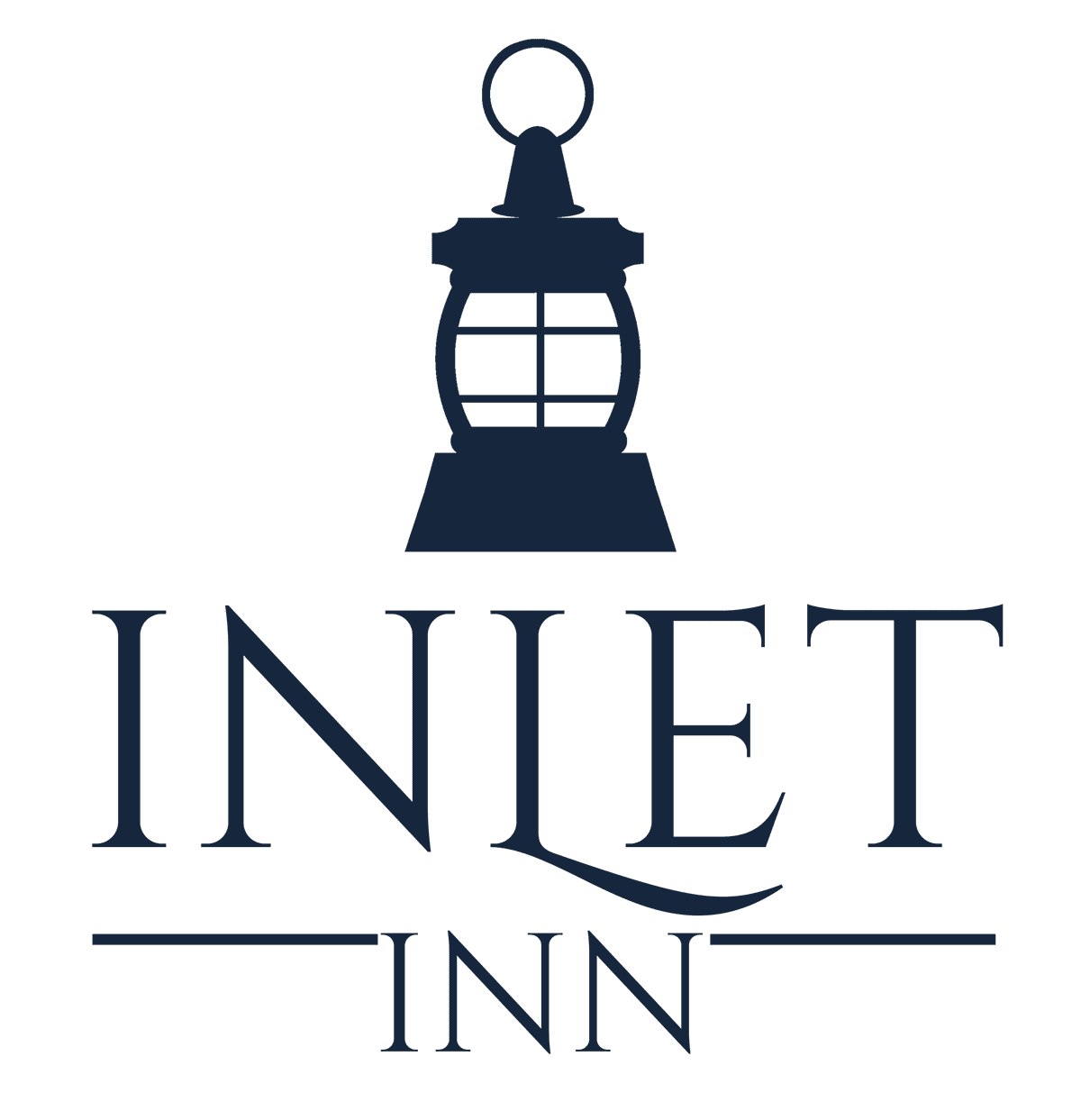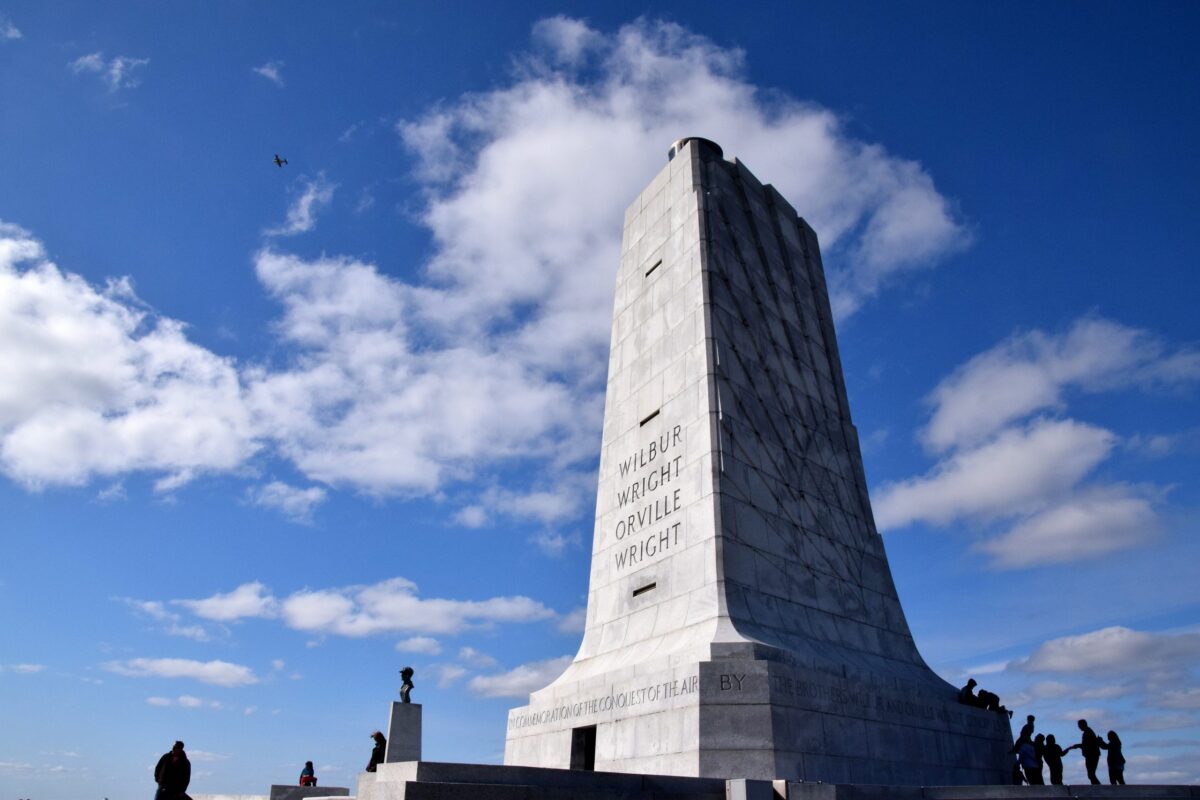WILMINGTON – A program designed to cut more than three months from the review process for certain beach re-nourishment projects will soon be unveiled.
North Carolina’s statewide programmatic biological opinion will give beach towns the opportunity to fast-track applicable re-nourishment projects.
Sponsor Spotlight
State and federal regulatory agencies have for more than a year been hashing out the terms of the program and what projects may qualify.
Biological opinions, or BOs, are issued by the U.S. Fish and Wildlife Service, which determines whether a proposed project will jeopardize the existence of federally endangered and threatened species. BOs are part of the formal consultation process under Section 7 of the Endangered Species Act.
Kathy Matthews, a fish and wildlife biologist with the service’s Raleigh field office, said that the idea behind the programmatic BO is to speed up the permitting process for standard re-nourishment projects.

“The idea is to get some of these projects streamlined,” Matthews said. “There is a lot of work going on. With hurricanes coming through and nor’easters there’s just someone always in a hurry to get this work done.”
Under the proposal, programmatic BOs would be issued only for sand pushing within the winter “window,” from Nov. 16 through April 30, a timeframe, or window of opportunity, established to minimize the effects re-nourishment can have on sea turtles and shorebirds, mainly by avoiding nesting season.
Sponsor Spotlight
“It doesn’t include anything like terminal groins,” Matthews said, referring to how programmatic BOs may be used. “It’s simply putting down sand during the winter work window. We’re not including the in-water work with this. We’re trying to simplify it. In general, it’s going to be similar requirements to what we see now. The sediment needs to be compatible. The work needs to be done within the winter window. Those are the two big ones.”
The statewide programmatic BO will, in essence, be kind of a like an Army Corps of Engineers Nationwide Permit. The Corps will determine whether a proposed re-nourishment project will fall under a programmatic BO. The agency would have to apply all of the conditions set forth in the programmatic BO to the project.
“We would have 30 days to concur,” Matthews said. “Or, we could say, ‘no, it doesn’t, and you need to initiate consultation.’”
The current timeframe for formal consultation between the Corps and Fish and Wildlife Service is up to 90 days. The service then has as long as 45 days after consultation ends to issue a biological opinion, with the entire process taking as long as 135 days.
The review process for projects that qualify under the programmatic BO may be cut by as much as 100 days, Matthews said.
“It might shorten the timeframe for the majority of projects, even if they can’t comply with everything,” she said. “They’ll know what they’ll be expected to do. It encourages them to meet those requirements.”
The North Carolina Division of Coastal Management initiated the program, funding the study of a programmatic BO with money – about $57,000 – the state received from the National Oceanic and Atmospheric Administration.

Sarah Young, the division’s public information officer, responded in an email that the agency, in cooperation with USFWS and the Corps, began looking for ways to streamline the permitting process for re-nourishment projects after the federal government designated some North Carolina beaches as critical habitat for sea turtles.
In summer 2014, the service designated 685 miles of coast from North Carolina to Florida as critical habitat for nesting loggerhead sea turtles. The designation includes beaches in five of North Carolina’s 20 coastal counties: Carteret, Onslow, Pender, New Hanover and Brunswick.
Critical habitat is defined as an area essential for the conservation of a threatened or endangered species.
“There were concerns expressed by the local governments that these new designations would result in extended timelines in the USFWS review,” Young wrote. “Using the Florida sand placement Programmatic Biological Opinion as an example, the parties worked together to see if North Carolina could use a similar approach for these projects.”
Under the proposed program, all routine shore-based activities associated with sand placement on the beach may qualify, said Josh Pelletier with the Corps’ regulatory field office in Washington, North Carolina.

“This includes pumping activities, material dewatering, beach profile construction, and post construction activities,” Pelletier wrote in an email. “Activities covered under this PBA (programmatic biological assessment) will comply with conservation measures and Terms and Conditions outlined in the assessment. Activities not meeting these requirements are likely to require separate consultation with the USFWS. Given the successful implementation of the PBA, we should see a reduction in permit processing times for projects that fit the criteria and adheres to the conservation measures and terms and conditions of the assessment.”
Coastal engineer Chris Gibson, president of Wilmington-based TI Coastal Services, said he sees a statewide programmatic BO being valuable to beach towns that need to re-nourish their shorelines in the wake of storms.
Gibson’s firm represents Topsail Beach, one of three beach towns on Topsail Island, a nearly 26-mile-long barrier island the shores of which are federally designated critical habitat for loggerheads.
“That part of it is awesome,” Gibson said of how much time a PBO will trim the time it takes to receive a permit. “I hope that we’re able to use it and be part of it.”
Young said consultation between the agencies about the program should be completed this month, with the programmatic BO issued by June.






